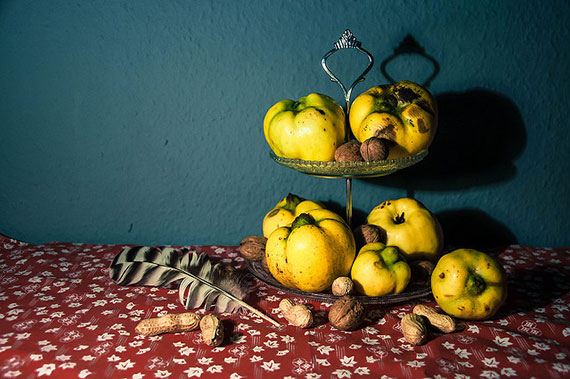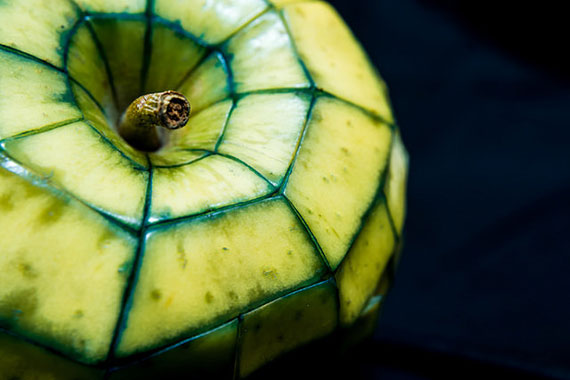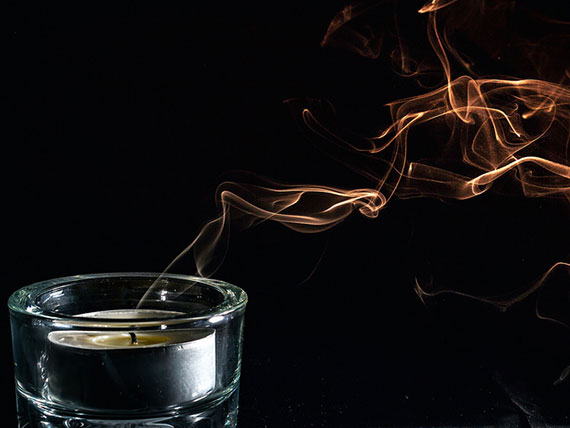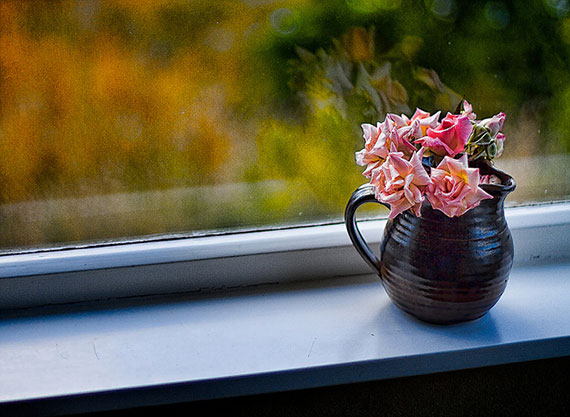Still life photographs don’t require photographers to travel to exotic places — not even to venture outside the comfort of their homes. In fact, not even a studio is required. This is one branch of photography in which anybody can participate.

Photo by Stephanie Klasen; ISO 800, f/4.0, 1/60-second exposure.
No special equipment is needed. Attention to detail and preparation are, however, a must.
Below are some essential tips to make your still life photography a success:
1. Unlike traditional film, we can take as many shots as we want, as it doesn’t cost us any money. So it’s best to take a lot of shots to find the best white balance and exposure settings.
2. Close cropping is beautiful and effective. Get close and fill the frame. There will be less to crop later and your shots retain maximum resolution and quality. Getting your framing right will save you time later.

Photo by Takuma Nakagawa; ISO 100, f/11.0, 1.6-second exposure.
3. Your source of lighting should preferably be to one side. If light comes from the front, your images will look flat.

Photo by Lisa Sabater-Mozo
4. Keep your eyes open for an interesting subject. Try the garage, the garden, the kitchen, and even the bathroom. When you’re by the seaside or strolling through the countryside, you may come across potential subjects. Be always on the look out.

Photo by gerlos; ISO 100, f/8.0, 1/60-second exposure.
5. In order to avoid shadows falling on the background, make sure that the subject is not too close to the backdrop. Sometimes if the backdrop is lit separately, you’ll get a better effect.
6. Buy some colored gels. The effect on your images is stunning.
7. There is one piece of equipment that is a must for still life photography — a tripod. This obviously costs money, but it’s the only way you can get razor-sharp results. You can also leave the camera unattended on the tripod while you arrange the subject being photographed, and if you’re taking photos with available light, the tripod helps in steadying the camera.
8. Research and plan ahead, especially if you intend to transform your images later in Photoshop, as this will affect framing and exposure.

Photo by Stewart Baird; ISO 100, f/1.8, 1/400-second exposure.
9. Anyone can make a simple lightbox inexpensively. Find a cardboard box, cut windows out of the sides, and cover them with tissue paper or thin white fabric to diffuse the light. Put your subject inside the lightbox for soft, diffused light that reduces shadows.
Keep it in mind that it doesn’t take much to transform an ordinary photo into a great image. Keep on taking photos. Experiment and tweak to your heart’s delight, and you will soon have a stunning still life on your hands.
About the Author:
Mario Schembri is a freelance author for Ilking Org.
Like This Article?
Don't Miss The Next One!
Join over 100,000 photographers of all experience levels who receive our free photography tips and articles to stay current:






I can’t help thinking that if “Consumed in B&W” showed up at my county fair, it would immediately be dismissed as “poor focus”
Informative tips!
This tips are useful for everyone.